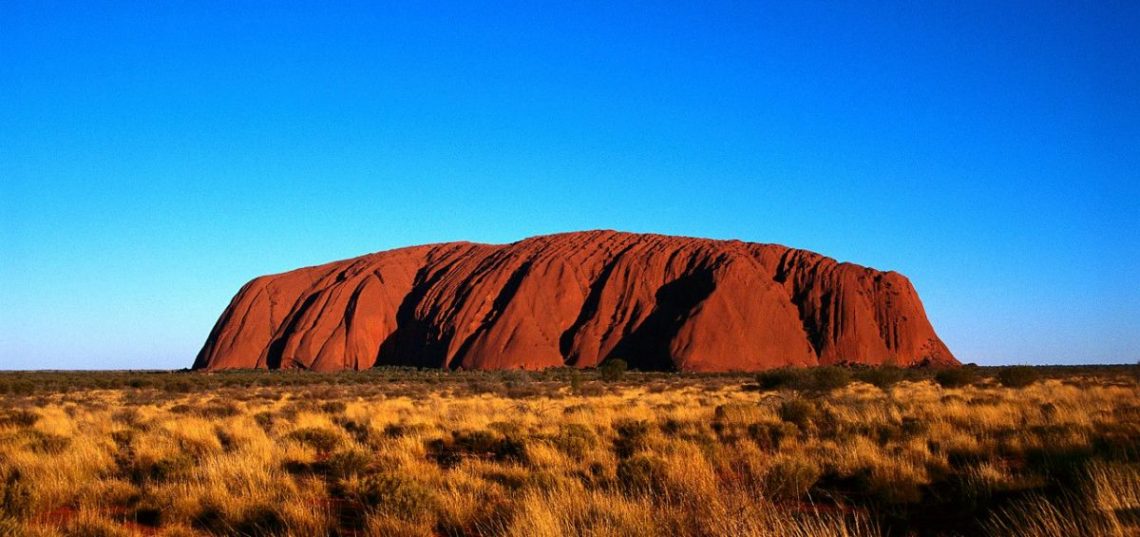
The origin of Dingos in Australia sheds new light on early Migration history. The Dingo is Australia’s wild Dog and is found in all states of Australia except Tasmania. The Dingo closely resembles Indian dogs and it is believed that Indian migrants brought the dingos to Australia around 4000 years ago. This new theory is supported by the fact that Dingos, stone tools called microliths and new plant processing techniques suddenly appeared together for the first time in fossil records. This strongly supports the probable theory that Indian explorers arrived on the shores of Australia bringing with them new techniques and of course the famous dingo.
Sea travel and exploration has been a part of human history for hundreds of thousand of years so it is quite likely that Australia wasn’t such an isolated continent as it was once believed to be. Lead researcher Dr. Irina Pugach and colleagues examined genotyping data from Aboriginal Australians, New Guineans, island Southeast Asians and Indians found an ancient association between Australia, New Guinea, and the Mamanwa group from the Philippines. They estimate that these groups split from each other about 36,000 years ago. Mark Stoneking says: “This finding supports the view that these populations represent the descendants of an early ‘southern route’ migration out of Africa, while other populations in the region arrived later by a separate dispersal.“ This also indicates that Australians and New Guineans diverged early in the history of Sahul, and not when the lands were separated by rising sea waters around 8,000 years ago.
This new research (https://www.mpg.de/6818105/Holocene-gene-flow_India-Australia) comes from Germany’s Max Planck Institute for Evolutionary Anthropology.



